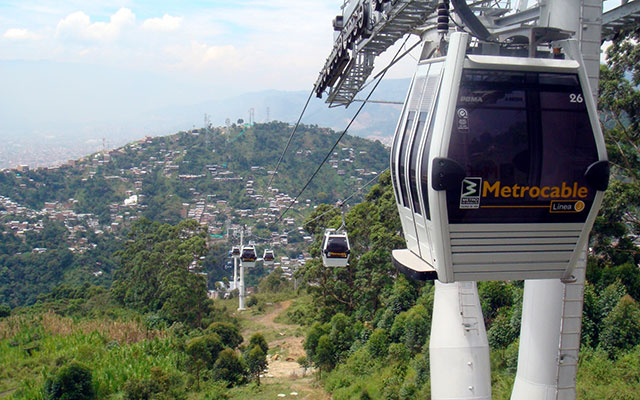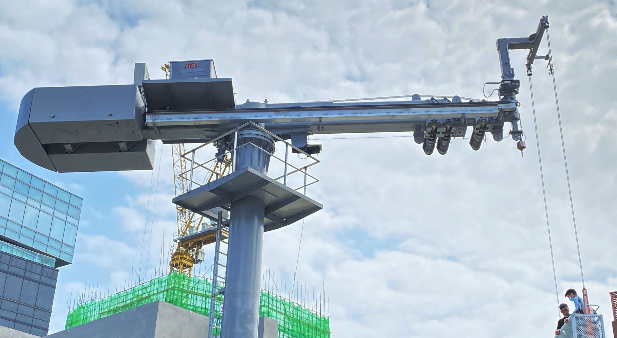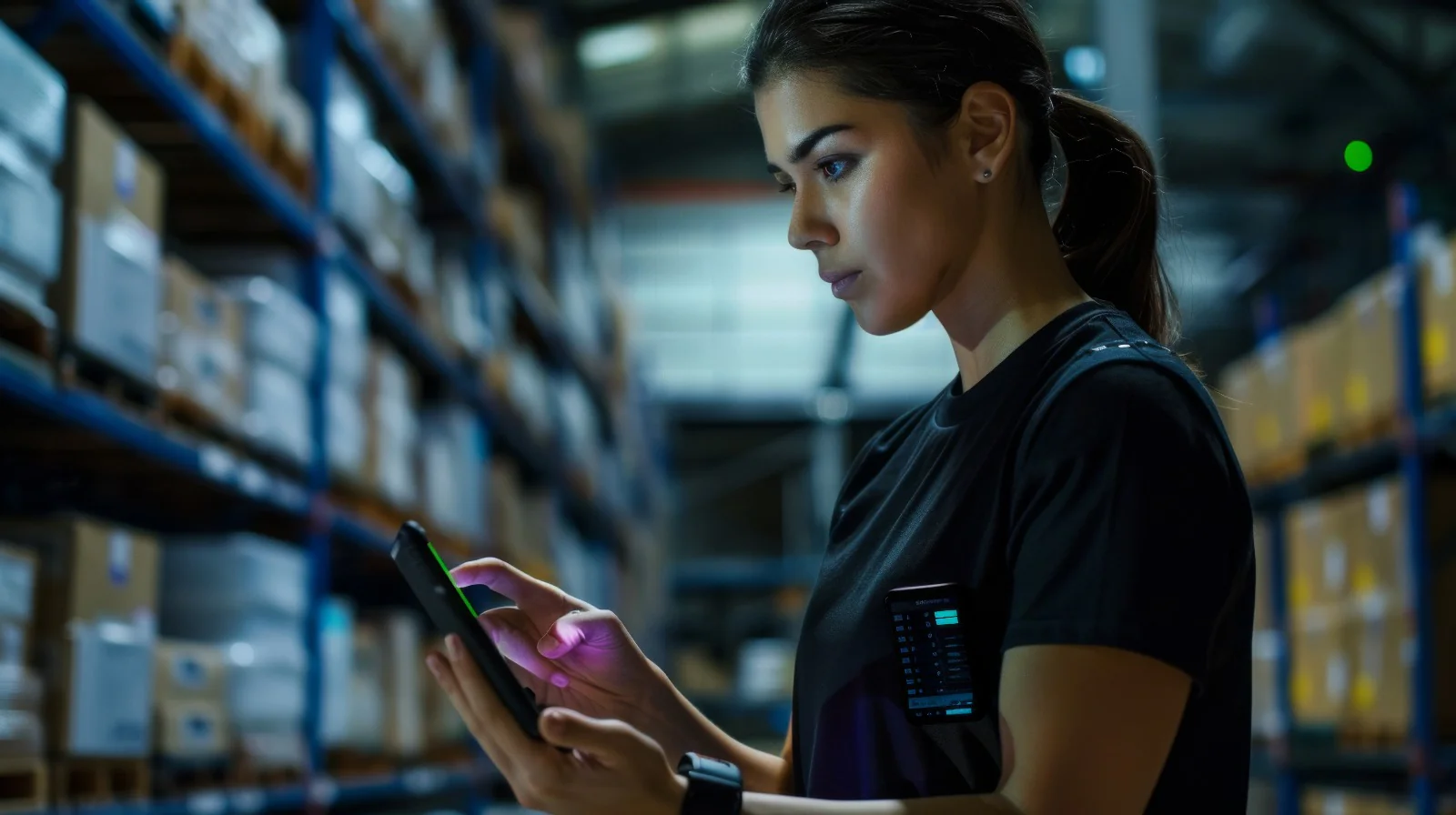Cable car systems have emerged as an innovative solution for both urban transportation and tourism development in the Philippines. These systems provide an efficient, environmentally friendly alternative to traditional road transport, especially in areas with challenging terrain or heavy traffic congestion. A cable car system typically consists of cabins, cables, towers, stations, and control systems, all working together to provide safe and smooth passenger transport. By reducing travel time and improving accessibility to remote locations, cable cars also offer significant economic and social benefits. For cities and tourist destinations, cable cars can enhance mobility, attract visitors, and support local businesses. The increasing demand for sustainable transport solutions in the Philippines has made cable car contractor suppliers a crucial part of infrastructure planning. Working with a reliable supplier ensures the system operates efficiently while adhering to strict safety standards.
Role of a Cable Car Contractor Supplier
A cable car contractor supplier plays a central role in the successful implementation of aerial transport systems. Their responsibilities go beyond simply providing equipment; they manage design, installation, and ongoing maintenance. Contractors ensure that the system is engineered to handle both environmental conditions and passenger loads safely. By supplying high-quality cabins, robust cables, and durable towers, these suppliers minimize operational risks. They also provide certified professionals trained in installation and routine inspections, ensuring compliance with both local and international safety standards. Furthermore, cable car contractor suppliers offer consulting services to optimize route design and station placement. Collaborating with a competent supplier can significantly improve project efficiency, prevent costly delays, and extend the lifespan of the system.
Selecting a Cable Car Contractor Supplier in the Philippines
Choosing the right cable car contractor supplier in the Philippines requires careful evaluation of several factors. Experience is a critical consideration; suppliers with a proven track record in the country or the Southeast Asian region can navigate local regulatory and environmental challenges more effectively. The range of services offered should also be considered, from initial design to installation, maintenance, and emergency support. Equipment quality is paramount, as durable materials ensure safety, reliability, and minimal downtime. Before finalizing a contract, it is essential to ask the supplier questions such as:
- What previous projects have you completed in the Philippines or similar terrains?
- Are your technicians certified and trained according to international standards?
- Do you provide ongoing maintenance and emergency support services?
- Can you customize cable car solutions to meet specific geographical or operational requirements?
- What safety systems and technologies do you integrate into your designs?
By thoroughly assessing these aspects, project developers can select a supplier who ensures operational reliability, passenger safety, and long-term value.
Key Safety Standards and Regulations in the Philippines
Safety is the most critical factor when installing and operating cable car systems. Philippine regulations require strict compliance with local transport and engineering standards to prevent accidents and ensure passenger protection. Contractors must follow guidelines that govern construction quality, cable tension, tower stability, and cabin design. International certifications, such as ISO or EN standards, are often recognized to guarantee system safety and reliability. Regular inspections, preventive maintenance, and real-time monitoring are essential to detect wear and tear, cable stress, or mechanical issues early. Suppliers play a crucial role in ensuring that safety protocols are strictly observed throughout the lifecycle of the cable car system. Adhering to these standards not only protects passengers but also enhances the reputation and credibility of the project.
Advantages of Partnering with a Local Supplier
Partnering with a local cable car contractor supplier in the Philippines provides multiple benefits. Local suppliers can respond more quickly to emergencies or maintenance needs, reducing downtime and operational disruptions. They often offer cost advantages over overseas providers, as shipping and logistics costs are minimized. Local contractors are also familiar with the country’s terrain, weather patterns, and regulatory requirements, which allows for more efficient planning and execution. Additionally, using a supplier who understands local challenges can prevent project delays caused by environmental or logistical issues. Local partnerships often facilitate better communication and collaboration with authorities, stakeholders, and communities. Finally, working with a supplier who has a long-term presence in the Philippines fosters reliability, trust, and a commitment to the system’s success.
Maintenance and Lifecycle Management of Cable Cars
Routine maintenance and proper lifecycle management are crucial to the safety and longevity of cable car systems. Suppliers provide scheduled inspections that include checking cable tension, cabin condition, tower stability, and control system functionality. Preventive maintenance reduces the likelihood of equipment failure, improves safety, and minimizes costly downtime. Upgrading components as technology evolves can enhance energy efficiency, passenger comfort, and operational performance. Maintenance teams are also trained to troubleshoot common issues such as cable wear, motor malfunctions, and weather-related damages. Effective lifecycle management ensures the system remains compliant with safety standards while maintaining optimal performance. Contractors often offer maintenance packages that cover both emergency repairs and regular service schedules, providing peace of mind for operators.
Innovations and Modern Technology in Cable Car Systems
Modern cable car systems integrate advanced technology to improve safety, efficiency, and sustainability. Automated control systems allow for smoother operation, precise monitoring, and faster response to emergencies. High-strength materials are now used to ensure durability and resistance to environmental stress, including typhoons, heavy rain, and high humidity. Energy-efficient designs reduce power consumption, making cable cars more eco-friendly and cost-effective. Many suppliers offer cabins with enhanced comfort features, such as ventilation, panoramic windows, and ergonomic seating. Remote monitoring and smart diagnostic tools allow operators to track system performance in real-time. By investing in innovative solutions, contractors deliver systems that meet the demands of both urban commuters and tourists while maintaining high safety standards.
Project Planning and Collaboration with Contractors
Effective project planning is essential for the successful deployment of cable car systems. Contractors collaborate closely with local authorities, stakeholders, and engineering teams to plan routes, station locations, and infrastructure integration. Proper planning ensures minimal environmental disruption and compliance with government regulations. Budgeting, timelines, and resource allocation are critical considerations during the initial phases of the project. Suppliers provide technical expertise, assist in obtaining permits, and guide decision-making for terrain-specific challenges. Clear communication between developers and contractors reduces misunderstandings and enhances project efficiency. A well-coordinated approach ensures that the cable car system is delivered on time, within budget, and meets operational expectations.
Frequently Asked Questions (FAQ)
1. What is the typical cost of installing a cable car system in the Philippines?
Costs vary depending on the length of the route, terrain complexity, equipment quality, and the number of cabins. A reliable supplier can provide a detailed quote based on project specifications.
2. How long does it take to complete a cable car project?
Completion time depends on project scale, site preparation, and regulatory approvals. Smaller projects may take a few months, while larger systems could take one to two years.
3. Are cable car systems safe during typhoons or heavy rainfall?
Yes, modern systems are designed with high-strength materials and advanced safety features. However, operations may be temporarily suspended during extreme weather to ensure passenger safety.
4. Can suppliers provide customized solutions for hilly or coastal areas?
Absolutely. Experienced contractors can design systems tailored to specific geographical conditions while maximizing efficiency and safety.
5. What maintenance schedule is recommended to ensure safety and longevity?
Routine inspections, preventive maintenance, and component upgrades are recommended at regular intervals, typically monthly, quarterly, or annually depending on usage and environmental conditions.
Takeaway
Choosing a cable car contractor supplier in the Philippines is a critical decision that directly affects the efficiency, safety, and longevity of the system. Local expertise, adherence to safety standards, and the ability to provide end-to-end services are key factors in selecting the right partner. By investing in a reliable supplier, project developers can ensure that their cable car systems provide safe, sustainable, and innovative transportation solutions for both urban commuters and tourists. Proper planning, modern technology, and rigorous maintenance guarantee that these systems remain a valuable asset for years to come, enhancing mobility and supporting economic growth in the Philippines.











